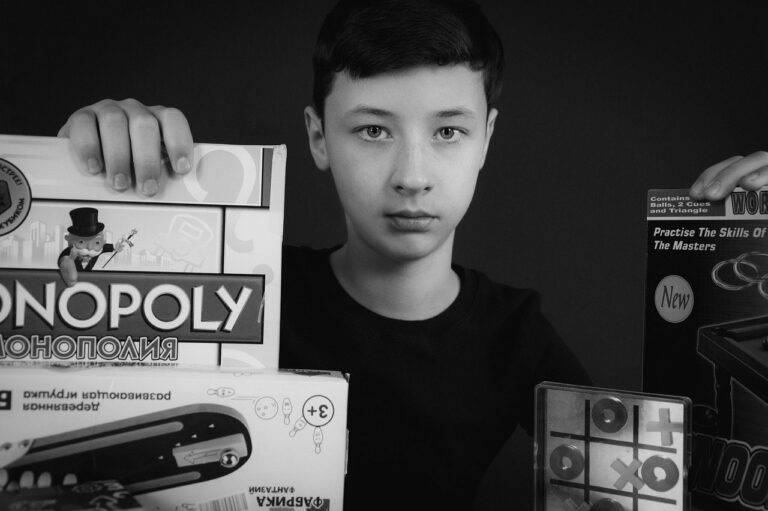The Impact of Streaming Services on Traditional TV Networks
With the advent of streaming services like Netflix, Hulu, and Amazon Prime Video, the way we consume entertainment has undergone a significant transformation. Gone are the days of being tied to scheduled broadcast times or having to sit through commercials. Streaming services offer the convenience of watching our favorite shows and movies on demand, anytime and anywhere.
The vast libraries of content available on these platforms cater to a wide range of interests and preferences, from classic films to the latest TV series. The ease of access and personalization options make streaming services a popular choice for many viewers, leading to a gradual shift away from traditional cable subscriptions. The rise of streaming services has not only revolutionized the entertainment industry but also reshaped our viewing habits and expectations.
Changing Viewing Habits
Over recent years, there has been a notable shift in how people consume television and movies. With the rise of streaming services like Netflix, Amazon Prime, and Hulu, viewers now have more options than ever before at their fingertips. This accessibility has led to a decline in traditional cable subscriptions as many viewers opt for the convenience and variety offered by these online platforms.
Binge-watching has become a popular trend among viewers, allowing them to watch multiple episodes of a show in one sitting. This newfound ability to watch entire seasons in a matter of days has changed the way audiences engage with content, leading to a more immersive and continuous viewing experience. Additionally, the ability to stream content on various devices has further fueled the shift towards on-demand viewing, allowing viewers to watch their favorite shows anytime, anywhere.
Decline in Cable Subscriptions
In recent years, the television landscape has undergone a significant shift with the decline in cable subscriptions. This change has been attributed to the rise of streaming services, which offer viewers greater flexibility and control over their viewing experience. As a result, many consumers are choosing to cut the cord and opt for streaming options instead of traditional cable packages. This trend is reshaping the way people consume content, moving away from the scheduled programming of cable TV towards on-demand viewing that fits their individual preferences and schedules.
With the convenience of streaming platforms, viewers have access to a vast library of content at their fingertips, allowing them to watch what they want, when they want. This customization and personalization have been a driving force behind the decline in cable subscriptions, as consumers seek out more tailored entertainment options. Additionally, the cost-effectiveness of streaming services compared to traditional cable packages has also played a role in this shift, prompting many to make the switch in order to save money without compromising on the quality of their viewing experience.
Streaming services offer greater flexibility and control over viewing experience
Consumers are choosing to cut the cord and opt for streaming options
Trend is reshaping how people consume content, moving towards on-demand viewing
Viewers have access to vast library of content with streaming platforms
Customization and personalization driving force behind decline in cable subscriptions
Cost-effectiveness of streaming services compared to traditional cable packages has played a role in shift
Why are cable subscriptions declining?
Cable subscriptions are declining due to the rise of streaming services offering more affordable and convenient options for viewers.
How are viewing habits changing?
Viewers are increasingly turning to streaming services to watch their favorite shows and movies on-demand, rather than being tied to traditional cable schedules.
What are some popular streaming services that are contributing to the decline in cable subscriptions?
Some popular streaming services include Netflix, Hulu, Amazon Prime Video, and Disney+. These services offer a wide range of content at a more affordable price than traditional cable packages.
Are there any benefits to the decline in cable subscriptions?
Yes, the decline in cable subscriptions has led to increased competition among streaming services, resulting in more options and better content for viewers.
Will cable companies adapt to the changing landscape of television viewing?
Many cable companies are adapting by offering their own streaming services or partnering with existing ones to stay competitive in the market.







